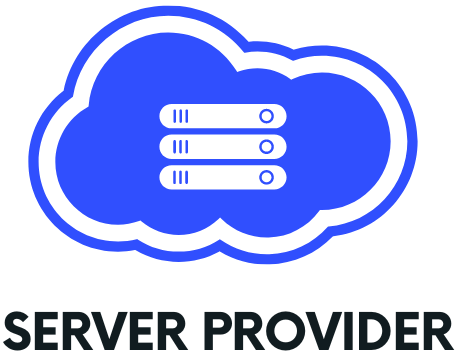Learn how to effectively scale your dedicated server to support the growth of your business or organization
As your business or organization grows, you may find that your dedicated server is no longer able to meet your needs. In this case, it may be necessary to scale your server to support the increased demand.
Scaling a dedicated server can be a complex process, but with the right approach, it can be done effectively and efficiently. Here is an expert’s guide to scaling your dedicated server for growth:
Step 1: Assess Your Current Server Capacity
Before you start scaling your server, it’s important to assess your current capacity. This will help you determine how much you need to scale and what changes you need to make.
Some things to consider when assessing your server capacity include the amount of storage and memory you have available, the performance of your processor, and the load on your network. You should also consider the types of applications and services you are running, as well as the number of users accessing the server.
Step 2: Determine Your Scaling Needs
Once you have a good understanding of your current server capacity, it’s time to determine your scaling needs. This will involve considering factors such as the expected growth of your business or organization, the types of applications and services you will be running, and any changes in user behavior.
It’s important to carefully consider your scaling needs to ensure that you don’t over- or under-scale your server.
Step 3: Choose the Right Scaling Strategy
There are several different strategies you can use to scale your dedicated server, each with its own set of benefits and drawbacks. Some common strategies include:
- Adding more hardware: This involves physically adding more components to your servers, such as additional memory or storage. This is a good option if you need to scale quickly or if you have a high demand for specific resources.
- Virtualization: This involves using software to create virtual environments within your server, allowing you to run multiple applications or services on a single physical server. This is a good option if you need to scale more flexibly or if you want to reduce hardware costs.
- Cloud migration: This involves moving your server to the cloud, which allows you to scale more easily and quickly. This is a good option if you need a high level of scalability or if you want to take advantage of the benefits of cloud computing.
Step 4: Implement Your Scaling Strategy
Once you have chosen the right scaling strategy, it’s time to implement it. This will typically involve making changes to your server configuration, adding or replacing hardware, or migrating your server to the cloud.
It’s important to carefully plan and test your scaling efforts to ensure that they are successful and that your server is able to support the increased demand.
Step 5: Monitor and Adjust
Once you have scaled your server, it’s important to monitor its performance and make any necessary adjustments. This may involve fine-tuning your server configuration, adding or replacing hardware, or adjusting your scaling strategy.
By regularly monitoring and adjusting your server, you can ensure that it continues to meet the needs of your business or organization as it grows.
Conclusion
Scaling a dedicated server can be a complex process, but with the right approach, it can be done effectively and efficiently. By following the steps outlined above, you can scale your server to support the growth of your business or organization.

